In the rapidly evolving landscape of electric vehicles (EVs), EV manufacturers and EV infrastructure developers face the critical challenge of strategically selecting optimal locations for stores, charging infrastructure, and business planning and analytics. In this context, there is immense potential to harness location analytics’ transformative potential. By leveraging cutting-edge tools and techniques, such as strategic location analysis, network planning and optimization, demand forecasting and market analysis, environmental impact assessment, and asset management and maintenance, they can make informed decisions that drive success in the dynamic world of EVs. In this blog, we will explore the diverse aspects of location analytics and its role in empowering EV manufacturers and infrastructure developers to stay ahead of the curve, optimize their operations, and shape the future of sustainable transportation.
EDS Technologies offers EV manufacturers and charging infrastructure developers a comprehensive range of solutions to optimize operations and drive the transition to sustainable transportation.
Strategic Location Analysis for EV Infrastructure:
Site Selection and Planning:
With Esri’s location analytics, Electric vehicle (EV) manufacturers and developers of charging infrastructure have access to advanced tools to assist them in site selection and planning. These solutions enable them to analyse spatial data, demographics, and traffic patterns, empowering them to make well-informed decisions about the optimal locations for showrooms, manufacturing plants, charging stations, and distribution centres.
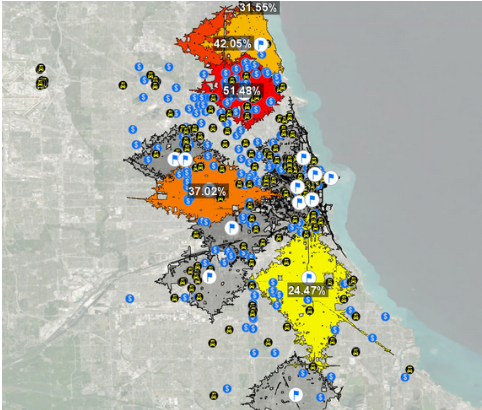
Network Planning and Optimisation:
By leveraging ESRI’s network analysis tools, companies can optimise the layout of their charging networks, identify coverage gaps, and ensure efficient connectivity to power grids. This collaboration helps reduce infrastructure costs, minimise range anxiety, and enhance the overall charging experience for EV users.

Demand Forecasting and Market Analysis:
Accurate demand forecasting is critical for EV manufacturers and charging infrastructure developers to align their production and expansion plans with market trends. In collaboration with ESRI, EDS Technologies combines demographic data, consumer behavior patterns, and EV adoption rates to provide valuable insights into future EV demand at regional and local levels. These insights empower stakeholders to make data-driven decisions, prioritise investments, and align their offerings with market demand
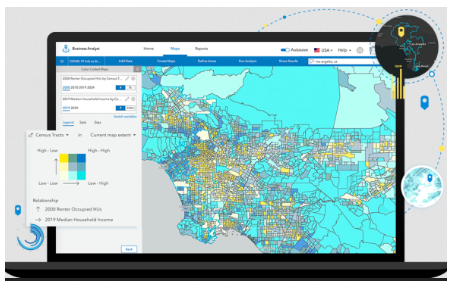
Environmental Impact Assessment:
Sustainability is a key focus area in the EV industry, and GIS solutions can help companies address this through comprehensive environmental impact assessments. By integrating data on air quality, noise pollution, land use, and sensitive ecosystems, EV manufacturers and infrastructure developers can evaluate the potential environmental effects of their projects. This collaboration allows companies to mitigate risks, ensure regulation compliance, and promote sustainable development practices.
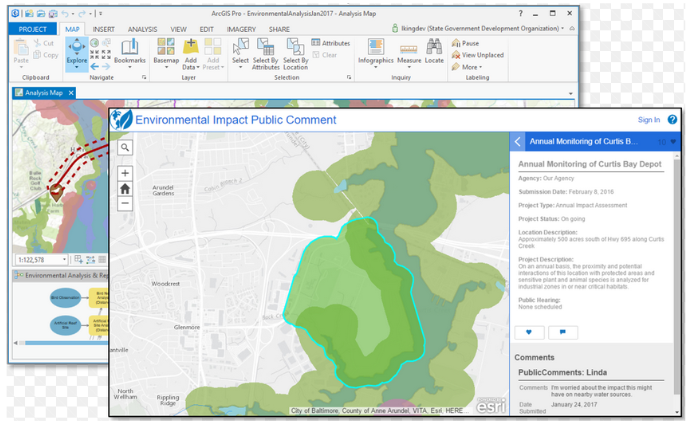
Asset Management and Maintenance:
Geospatial solutions can assist companies in effectively managing their growing EV fleets or networks of charging stations. Through ESRI’s GIS software, companies can get asset tracking capabilities, predictive analytics, and real-time monitoring tools that enable stakeholders to monitor EVs’ performance, health, utilisation and charging infrastructure. These analytics also help optimise maintenance schedules, minimise downtime, and maximise asset longevity.
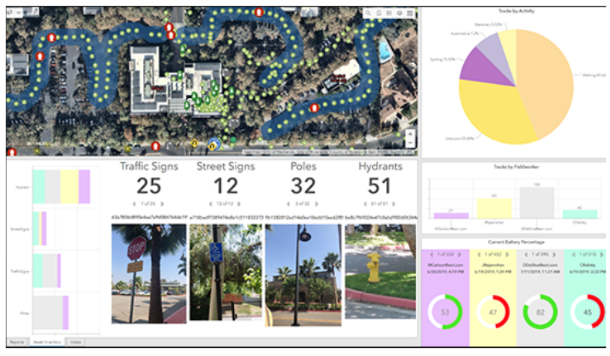
Data Visualisation and Communication:
Effective communication and collaboration are essential for successful EV manufacturing and charging infrastructure development. Companies can use these applications to create interactive maps, data visualizations, and dashboards that simplify complex information and facilitate stakeholder engagement. These tools enable manufacturers and developers to effectively communicate their plans, engage with communities, and gain public support for their initiatives.
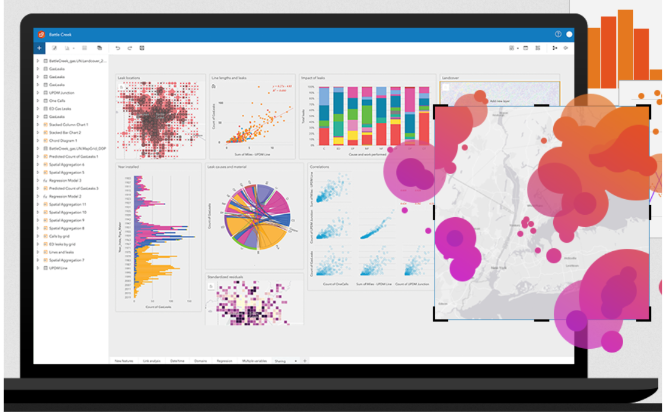
EDS Technologies Pvt Ltd is a partner of ESRI India. ESRI is a global leader in geographic information system (GIS) software. EDS Technologies provides comprehensive geospatial solutions and expertise to EV manufacturers and charging infrastructure developers. With a deep understanding of the industry and access to ESRI’s powerful software suite, EDS Technologies empowers companies to leverage the full potential of GIS technology in their operations. In this blog post, we will explore how EV manufacturers and charging infrastructure developers can benefit from these GIS solutions to streamline their processes and drive the transition to sustainable transportation. By using EDS Technologies solutions, companies can harness the full potential of ESRI software and drive their success in the rapidly evolving EV industry.
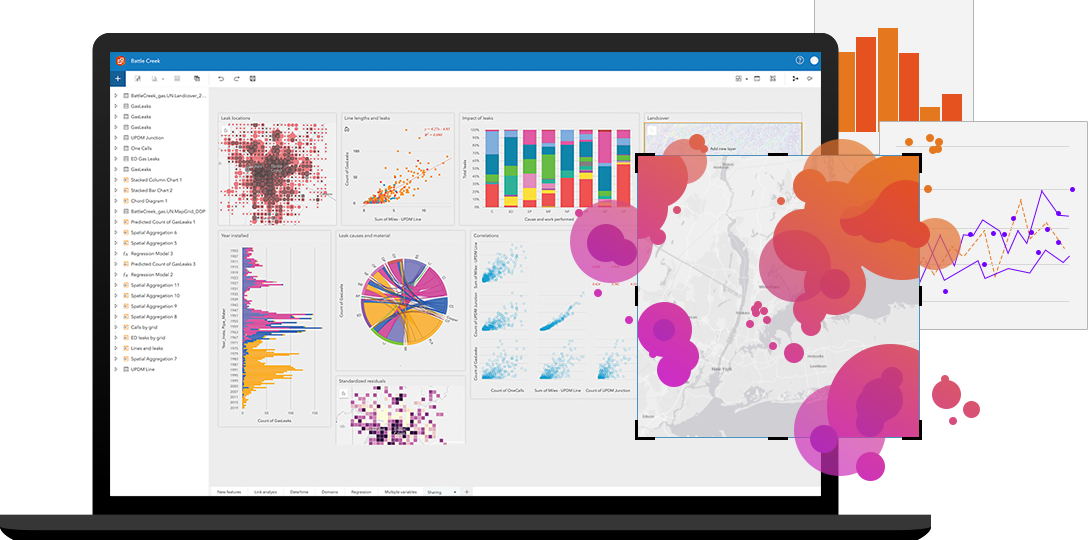
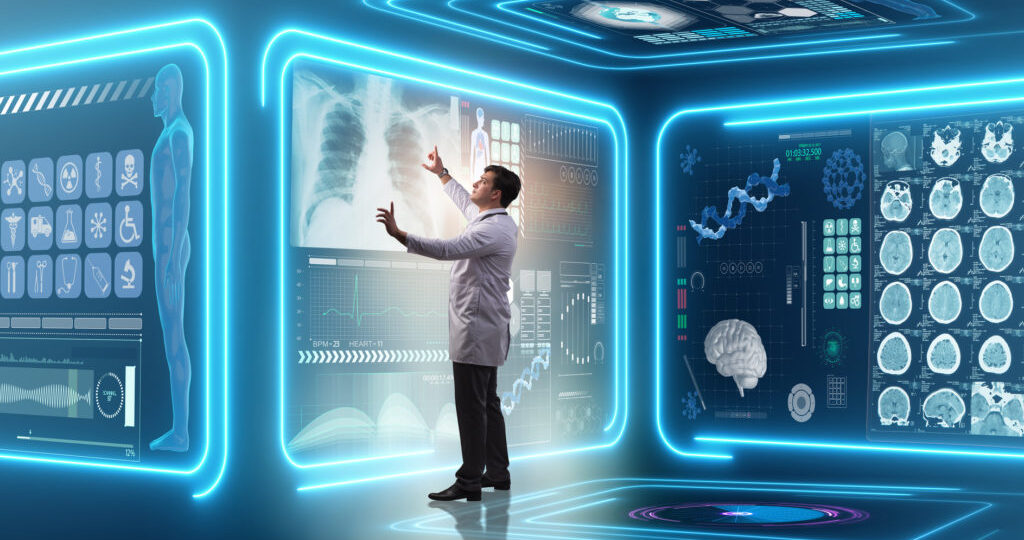
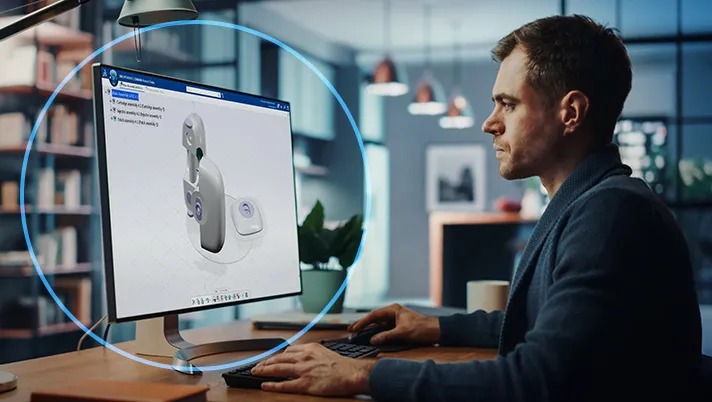

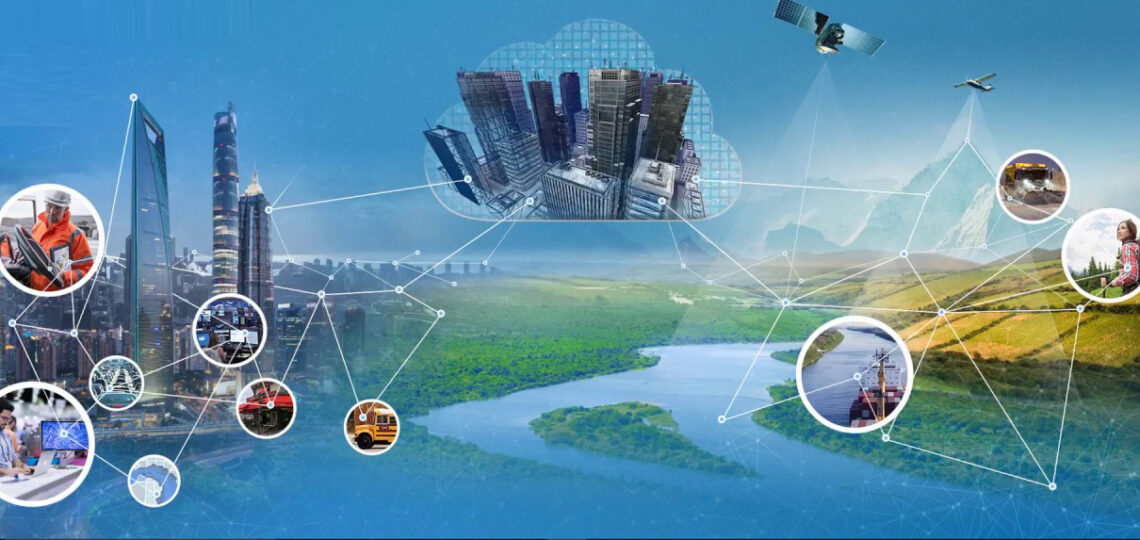
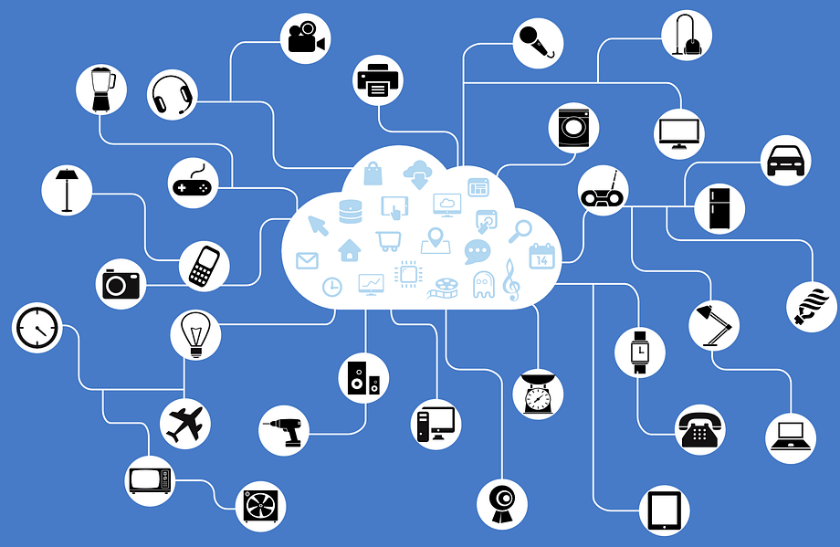
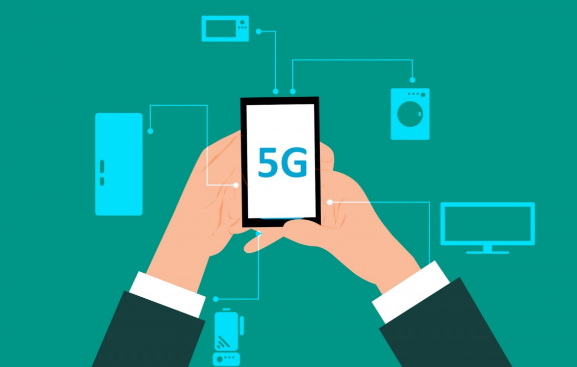
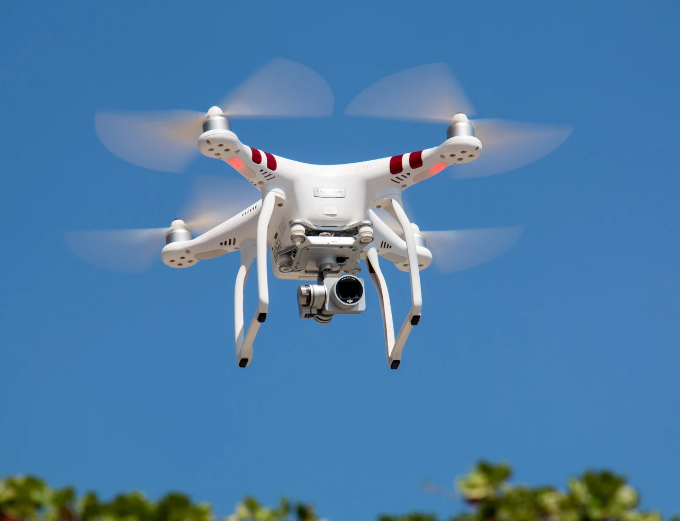
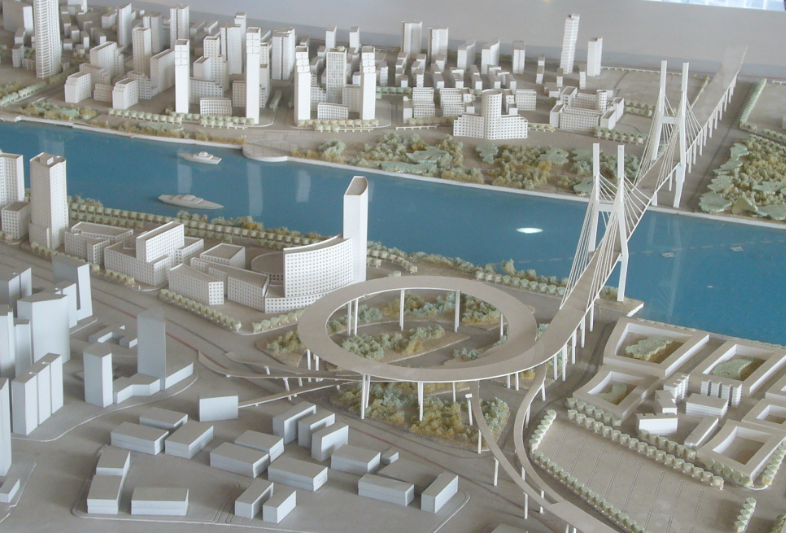
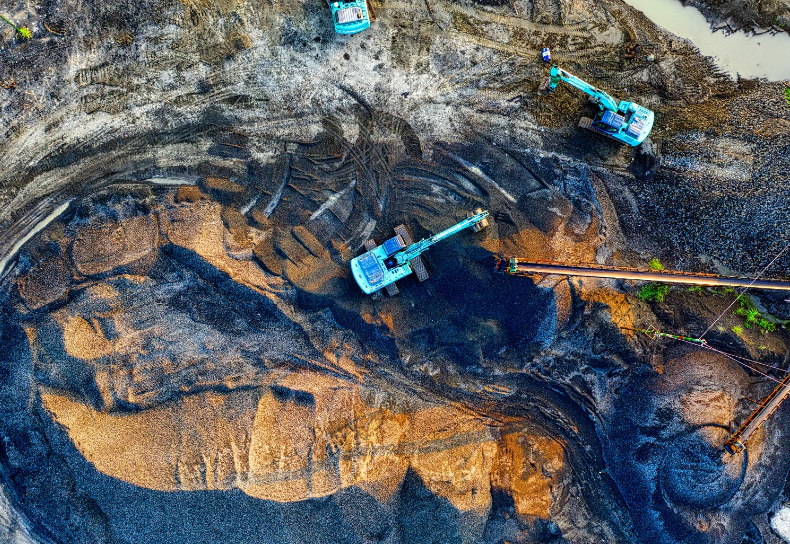


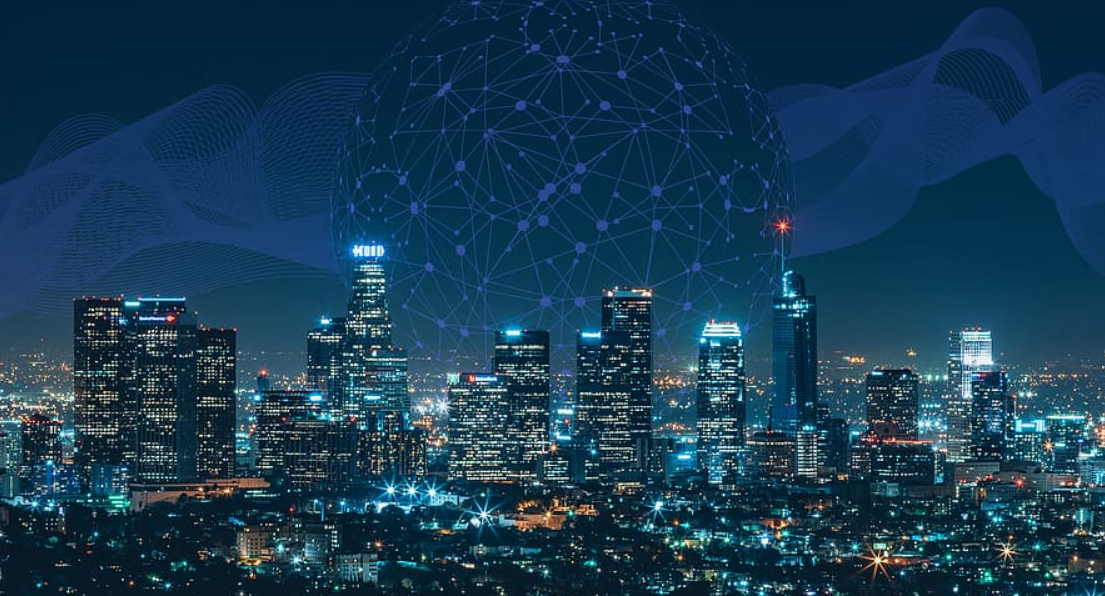
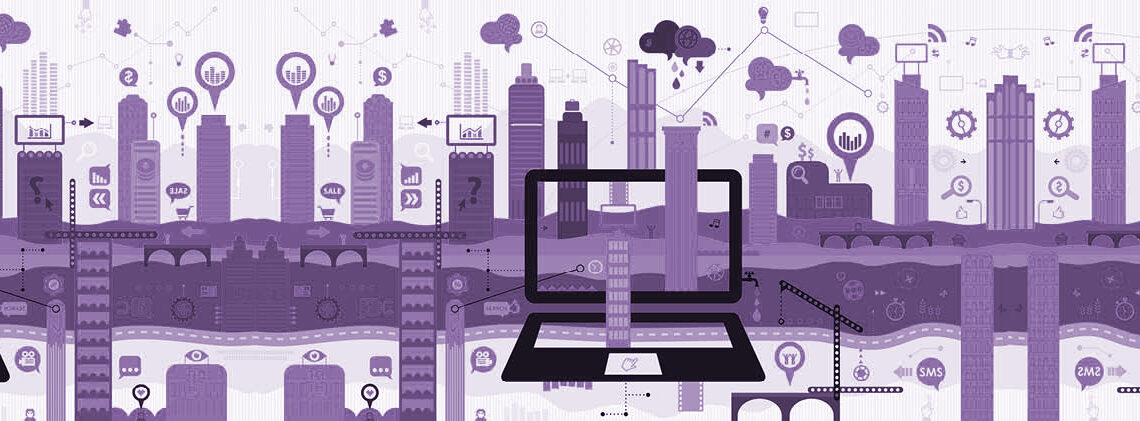


 Though multiple open-source GIS software exists, ESRI provides users with the most advanced, user-friendly GIS platforms. Due to its simplicity, learning ArcGIS is very quick. In contrast, open-source software takes a lot of time to understand processes. ArcGIS allows you to understand your data more intuitively. Various important spatial datasets are made available through the living atlas and Indo-ArcGIS. These datasets are not readily available anywhere else. One can easily import these datasets into ArcGIS platforms for desired analysis.
Though multiple open-source GIS software exists, ESRI provides users with the most advanced, user-friendly GIS platforms. Due to its simplicity, learning ArcGIS is very quick. In contrast, open-source software takes a lot of time to understand processes. ArcGIS allows you to understand your data more intuitively. Various important spatial datasets are made available through the living atlas and Indo-ArcGIS. These datasets are not readily available anywhere else. One can easily import these datasets into ArcGIS platforms for desired analysis.